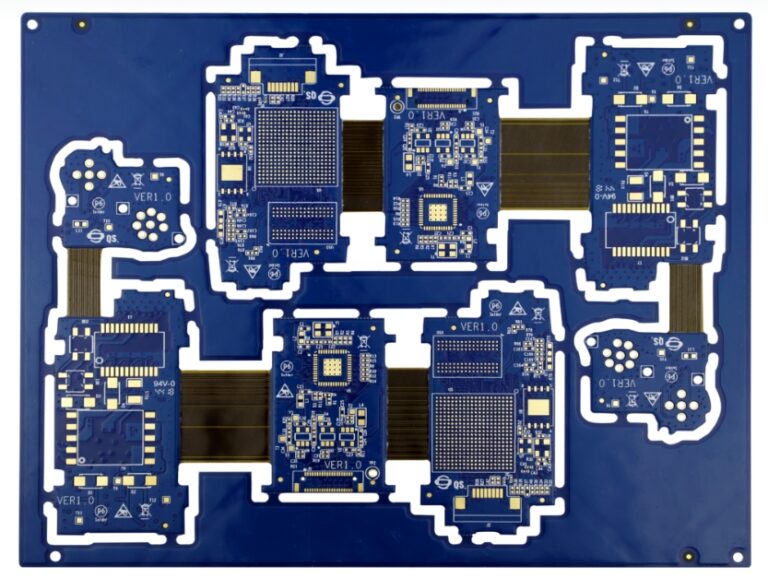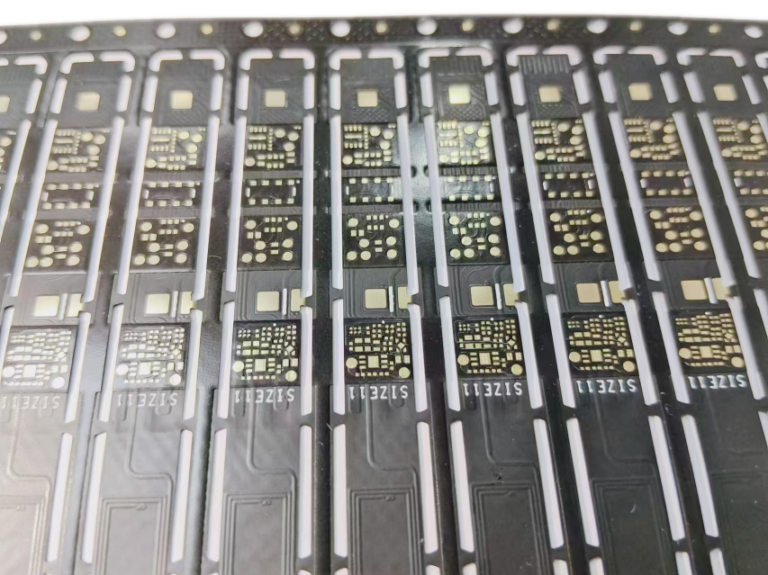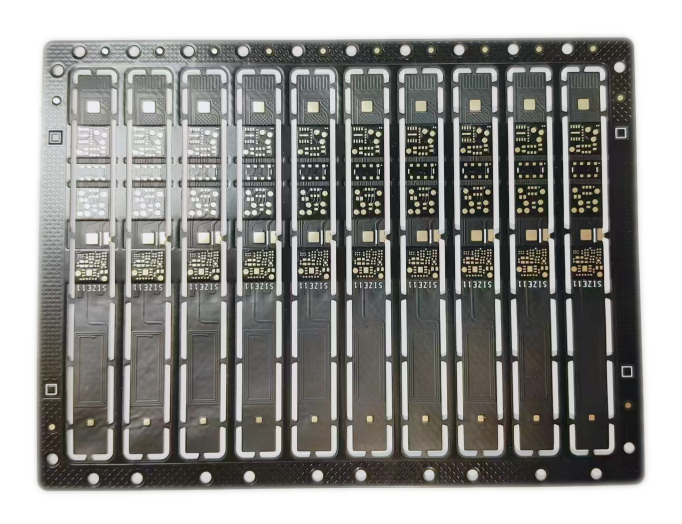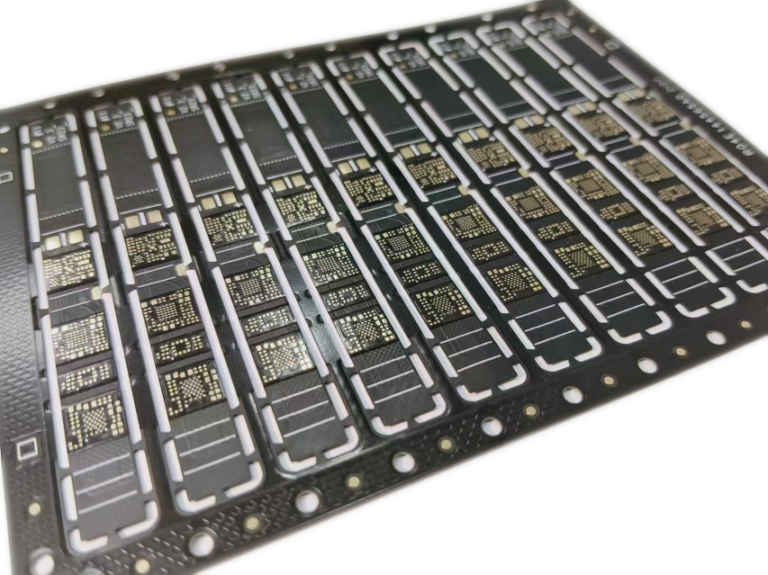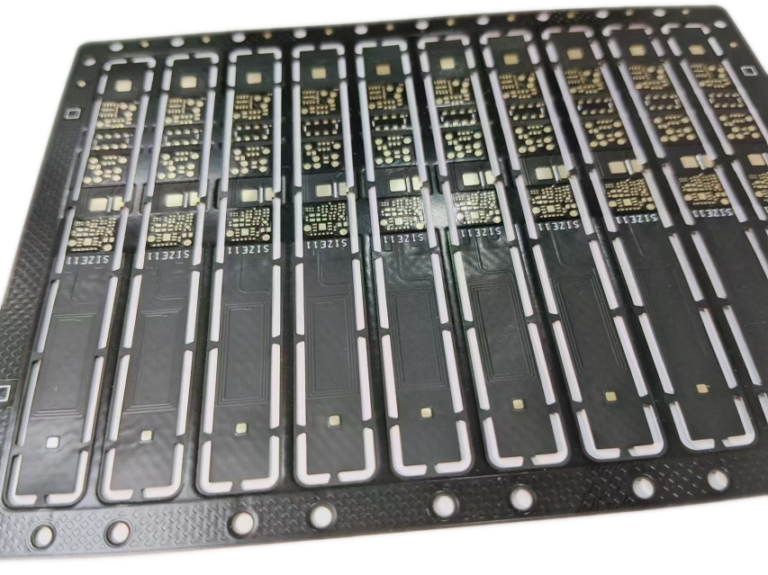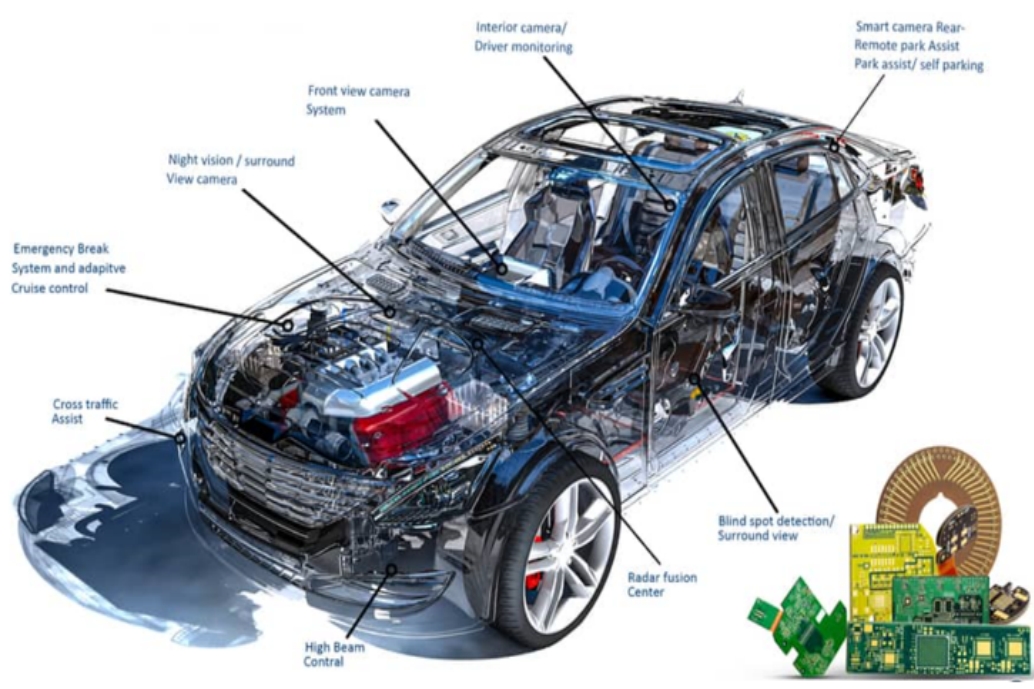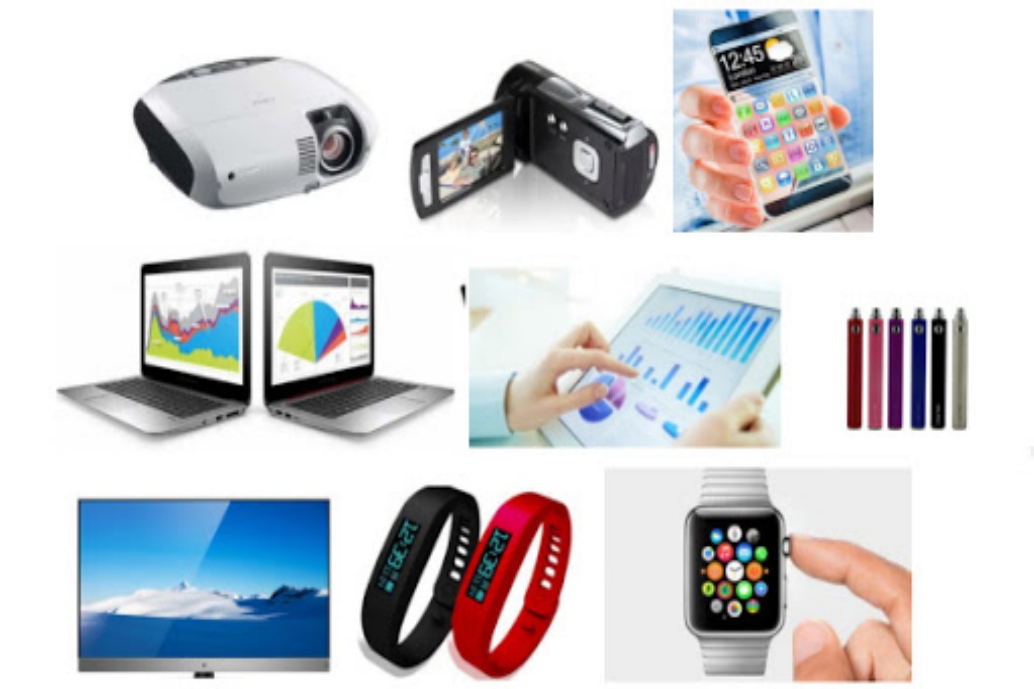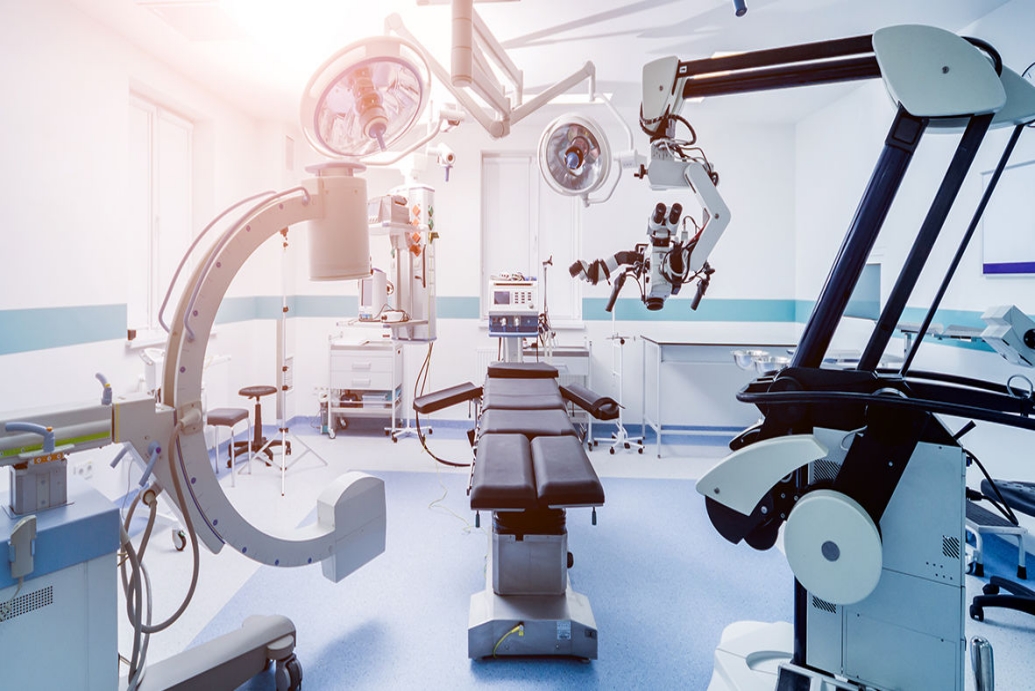Rigid-Flex PCB is a particular type of printed circuit board that combines rigid and flexible circuits. This design allows the board to be both rigid and flexible where rigid and flexible connections are needed.
The Rigid-Flex PCB main parameters:
Materials: Rigid-flexible PCBs typically consist of a flexible base material and a rigid base material. The flexible part usually uses polyester film (such as PI or PET), while the rigid part usually uses fiberglass-reinforced epoxy resin board (FR4).
Number of Layers: Rigid-flex PCBs can contain multiple layers depending on the specific application. Typically, they include two or more rigid layers and one or more flexible layers.
Thickness of flexible parts: The thickness of flexible parts is usually between tens and hundreds of microns, which gives them the ability to bend and fold.
The thickness of the rigid part: The tricky part is usually between 0.1 and 2.0 mm.
Line width and line spacing: Rigid-flexible PCB can achieve fine line width and line spacing, which is suitable for high-density circuits.
If necessary, you can click to view more of our cases.
Manufacturing process:
Material preparation: Select appropriate rigid and flexible substrates and pretreat them to ensure bonding performance.
Layer stacking: Rigid and flexible layers are stacked together as per design requirements. This usually involves using an adhesive or evaporating a metal layer.
Drilling and Cutting: Drill holes in the desired locations and then cut or cut to define the shape of the PCB.
Circuit Patterning: Using photolithography technology to pattern circuits onto a PCB, including rigid and flexible portions.
Circuit Fabrication: Metal is deposited on a patterned substrate to fabricate circuits. This may involve multiple deposition and etching processes.
Bending and Folding: The flexible portion of a rigid-flex PCB can be bent and folded when needed to accommodate different applications.
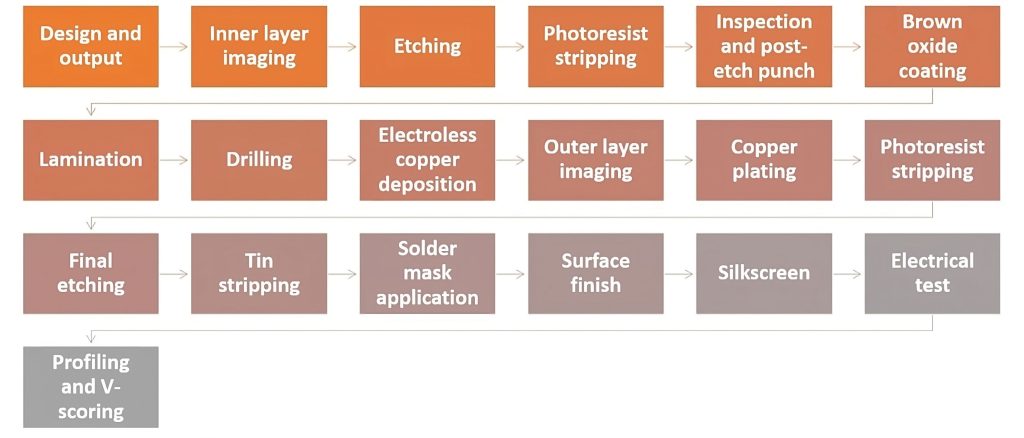
Advantages of Rigid-Flex PCB
✔ Consumer Electronics – Foldable smartphones, smartwatches, and cameras.
✔ Medical Devices – Wearable health monitors, imaging systems, and implants.
✔ Aerospace & Defense – Avionics, satellites, and military-grade equipment.
✔ Automotive Electronics – Advanced driver-assistance systems (ADAS), sensors, and infotainment.
✔ Industrial Automation – Robotics, sensors, and IoT devices.
Rigid-Flex PCB VS. Standard PCB

Why choose us:
Competitive Pricing: With more than a decade of experience in the PCB industry, we have established a reliable supply chain that ensures quality components at competitive prices. For complex projects requiring unique materials or advanced technical specifications, our strong manufacturing capabilities enable us to provide cost-effective solutions while maintaining high quality.
Fast and reliable delivery: We ensure fast production and delivery. Our partnership with multiple global logistics providers guarantees timely and reliable transportation, supported by our digital factory management and 90% automation for greater efficiency.
Quality Assurance: Our rigorous quality inspection begins with incoming material checks. We use AOI to detect defects and X-rays to identify internal issues. Electrical performance testing is performed with advanced automatic test machines and flying probe testers. Before shipment, our dedicated QC team conducts a thorough manual visual inspection to ensure all products meet strict quality standards.
We have many international certifications:
We also hold several international quality certifications:
●IATF 16949:2016
●ISO 9001:2015
●ISO 45001:2018
●UL
At the same time, we are always committed to environmental protection. We have an environmental management system certification to ensure that our manufacturing process is environmentally friendly and sustainable.

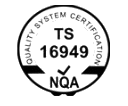



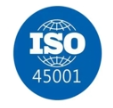

Frequently Asked Questions(FAQ)
- What is the maximum layer count for your Rigid-Flex PCBs?
We manufacture up to 16-layer Rigid-Flex PCBs, depending on design requirements.
- Can you provide impedance-controlled Rigid-Flex PCBs?
Yes! We offer custom impedance designs for high-frequency and signal-sensitive applications.
- How can I get a quote for Rigid-Flex PCBs?
Contact us with your design files, and we will provide a quote within 24 hours.

